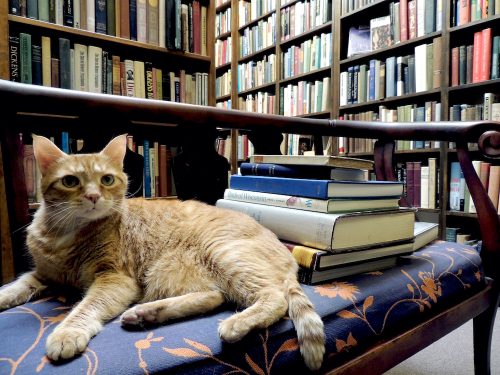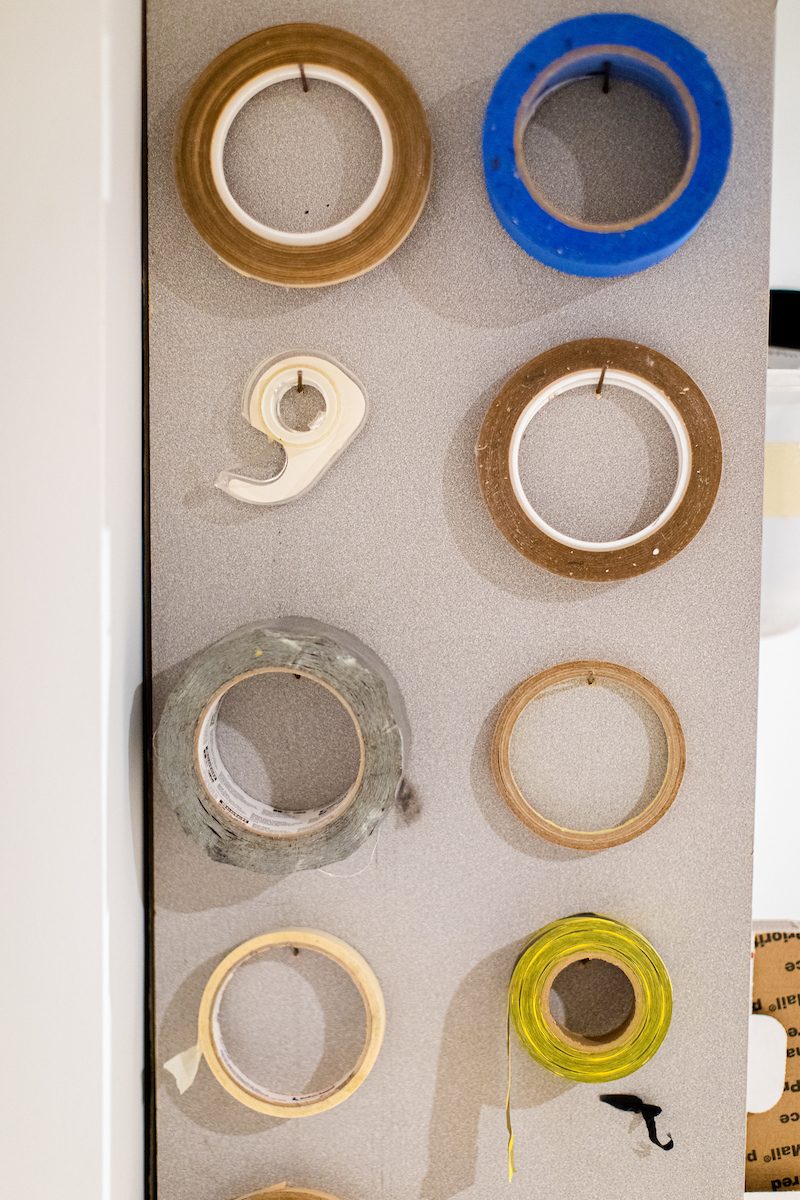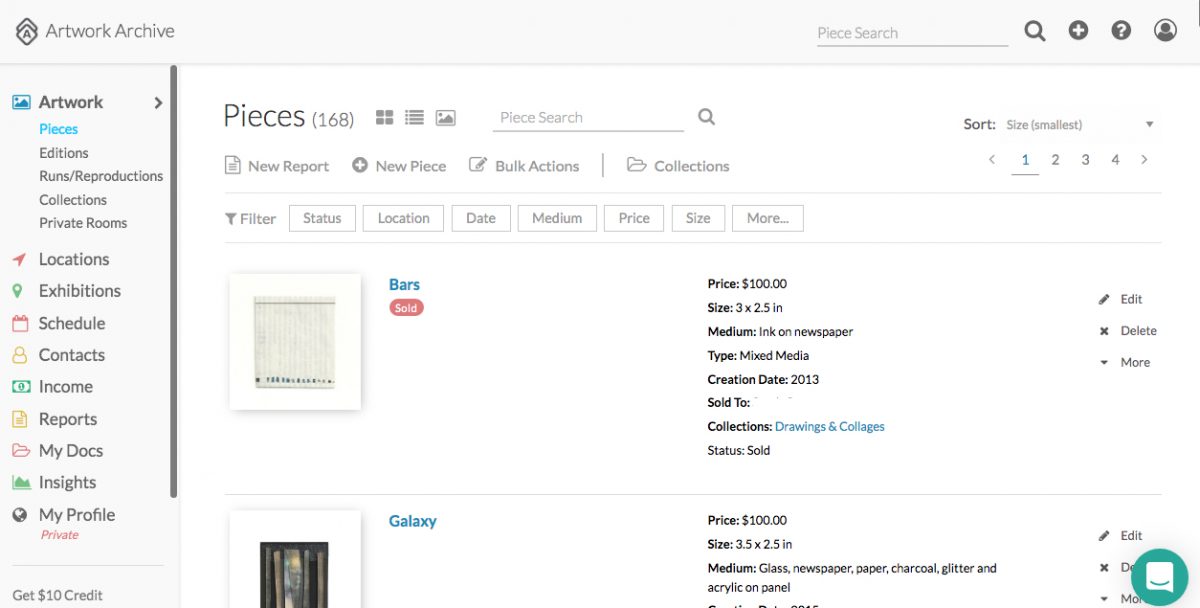As we near a month of quarantine in major urban centers, we’re witnessing a range of reactions from artists. Photographers are venturing out to capture city landscapes empty and foreign, or perhaps their subjects are first responders, essential workers, and the occasional group bucking social distancing protocols. On social media scores of artists are diligently creating and sharing new work, some of them under new hashtags like #coronaresidency, #quarantineartclub, and #quaratineartchallenge. Some of us finally have extra time to dig deep into long-delayed projects, while others are inspired to develop bodies of work about life in quarantine. If any of these are you, please (safely) continue your work. In times of such upheaval and stress it’s vital that artists document, create, communicate, and connect to their audiences. The joy, beauty, and normalcy of your practice are a guiding light not only to you but to your community. You never know who you are inspiring in this dark time.
However, there are also the artists among us who do not find ourselves in a position to produce. The same upheaval that may offer some artists inspiration can conjure the opposite for others. If you’re sick or find yourself under extreme duress, rest and healing should be your guilt-free priority. Perhaps you lost access to your studio or are unable to acquire supplies. Maybe your living dynamic is entirely new and draining. A lot of creatives have lost or live in fear of losing their income-generating jobs. Whatever the reason, if right now is not the time for you to be developing work, trust yourself and do your best to stay healthy by whatever means are available to you.
This brings us to a third group of artists—those that want to do something but feel utterly uninspired. If you are motivated to get some work done but don’t know exactly how to channel that energy, we’ve compiled a list of ideas specifically for you. These ideas can help you freshen your space, organize your work, think through your long-term goals, and overall professionalize your practice.
We are mindful that in this moment, many artists have time but no extra money. A majority of this list comprises administrative tasks that require a computer. Several suggestions rely on a good internet connection, and some may require a monetary subscription. But if these resources are not presently available to you, below you will also find suggestions that only require a pen and paper, or access to your studio or makeshift art-making space.














